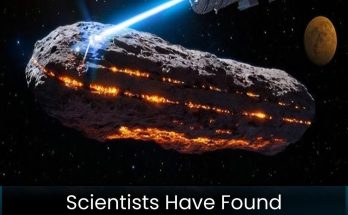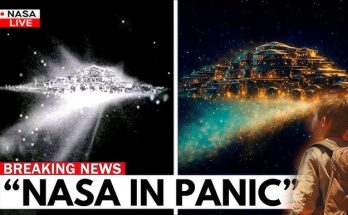
In 2025, scientists are closely monitoring a mysterious object hurtling through space at unimaginable speeds. Known as 3I/ATLAS, this interstellar object is moving at over 135,000 miles per hour and is predicted to approach Earth in just 114 days. While most experts classify it as a comet, Harvard astrophysicist Avi Loeb suggests something far more extraordinary: it could be an alien spacecraft or even a massive mothership.

Unlike typical comets that release gas and dust as they near the Sun, 3I/ATLAS has displayed unusual glowing patterns and a trajectory that defies conventional celestial behaviour. Its path weaves past Venus, Mars, and Jupiter, sparking questions about whether it is a natural object or an engineered vessel from another civilisation.


This discovery challenges our understanding of the cosmos and raises profound questions about our place in the universe. If 3I/ATLAS is artificial, it could represent humanity’s first encounter with extraterrestrial intelligence, a milestone that would forever reshape science, philosophy, and society. Even if it proves harmless, the event underscores the importance of global collaboration in space observation, planetary defence, and the study of phenomena beyond our current knowledge.

The idea that a distant object could hold secrets of an alien civilisation inspires both caution and awe. It encourages scientists and dreamers alike to imagine the technological possibilities and cosmic mysteries waiting to be discovered. This is a reminder that the universe is far vaster and more mysterious than we often realise, and our understanding is just the beginning.
As we count down the days, humanity has a unique opportunity to learn, prepare, and reflect on the extraordinary wonders that lie beyond our planet. The coming weeks invite curiosity, vigilance, and hope for what new discoveries await us in the infinite expanse of space.



